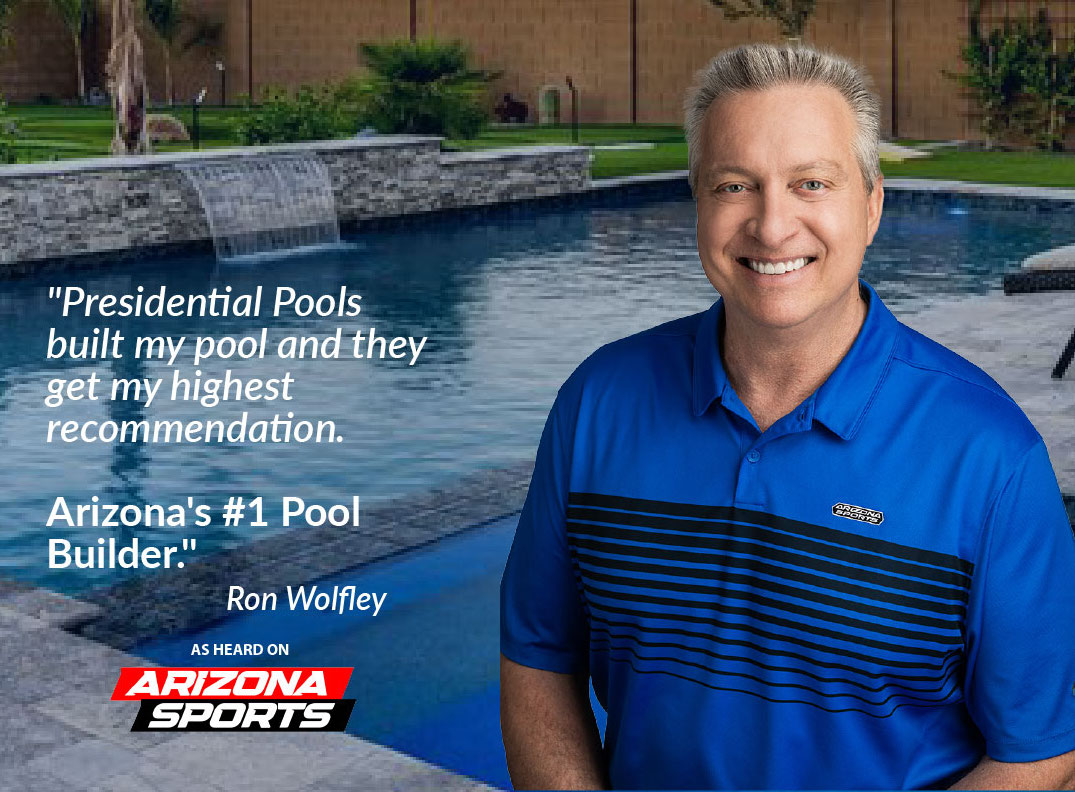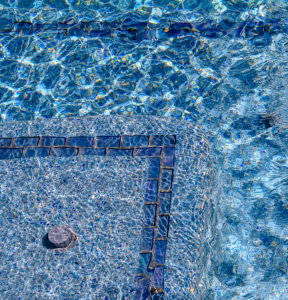Every 2 to 3 days, a Phoenix pool owner should test pool chemicals. The pool chemical testing process is pretty simple if you know what you are doing. Here are the basics.
Getting Started
You will be using a testing strip that has various chemical tests on it. Place the strip at least arm’s length into the water and hold it there for 10-20 seconds. The water will cause the testing colors to change shade. You can then compare the new color shades against the testing strip label on the bottle to see levels of each chemical.
Beginning Tests
The first test, which ranges from 0 to 1,000 parts per million (ppm) is total calcium hardness. The ideal range for this test is anywhere between 250-500 ppm. Then there is chlorine. This test ranges from 0 to 10 ppm, with the intended levels at 1.0 to 3.0 ppm.
Other Tests and Adjustments
The next chemical test, pH, is looking for acidity or basicity. The total scale ranges from 0-14, but you want your pool between 7.2 and 7.6. To decrease your pH level, use muriatic acid. If your pH is too low and you need to increase it, the best choice is soda ash, or sodium carbonate. Following pH, you will look to test total alkalinity. A healthy pool has an alkalinity between 80 ppm and 120 ppm. Like pH, using muriatic acid will lower a pool’s total alkalinity. To increase the total alkalinity, administer sodium bicarbonate.
Finishing Up
The last test your strip will perform is for Cyanuric Acid, or stabilizer. For a standard pool, 30-50 ppm is going to be your target range. 50-80 ppm is best for a salt system pool.
For more information on testing pool chemicals, refer to the video below, look at our Maintenance page, or contact our service department.
Endorsed by Ron Wolfley
Former Arizona Cardinals Player and Arizona Sports 98.7 FM Host


